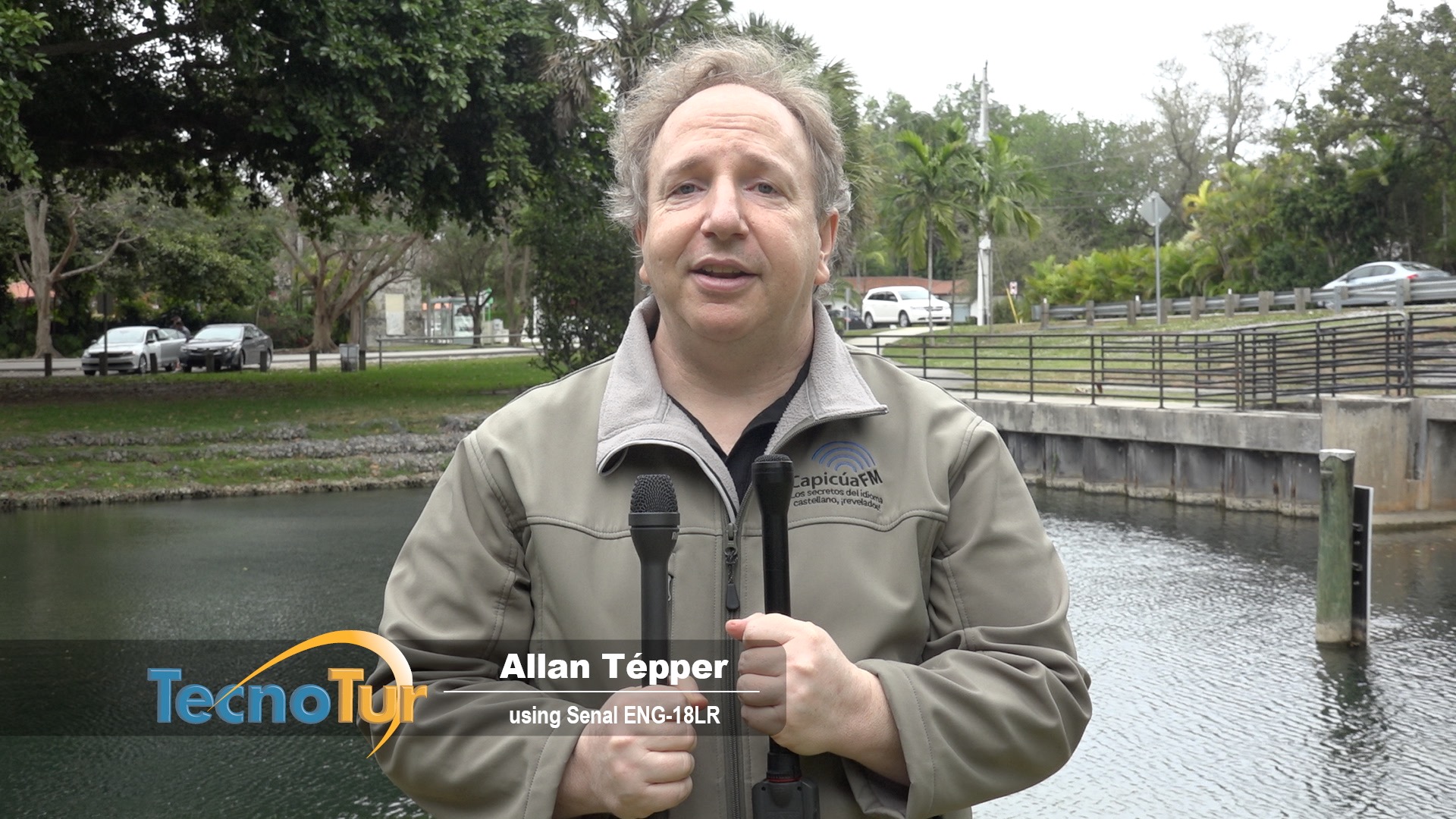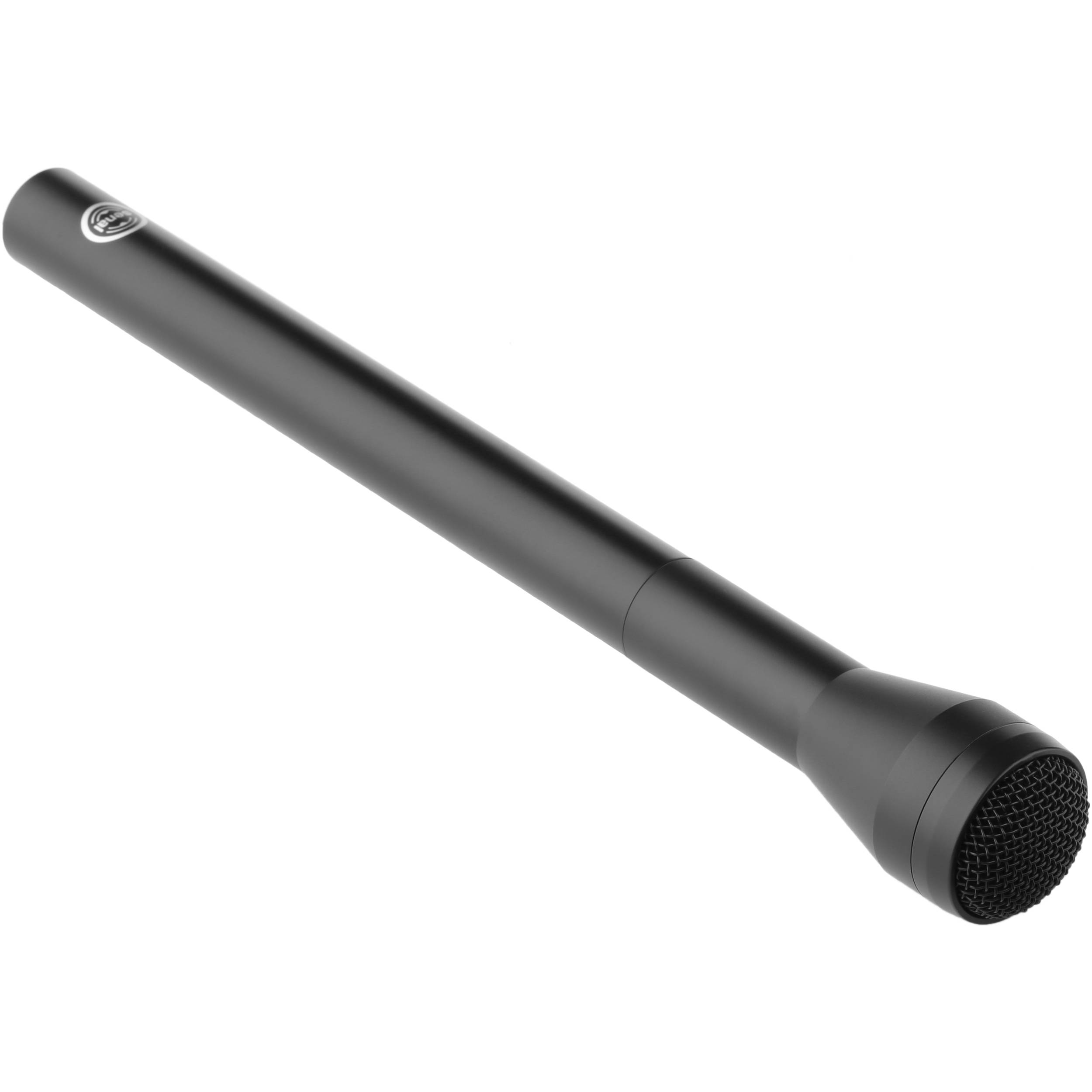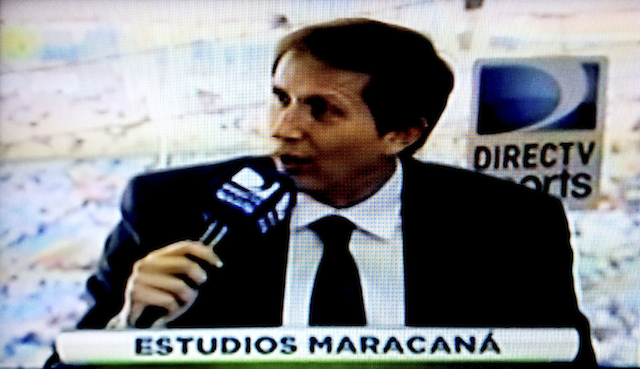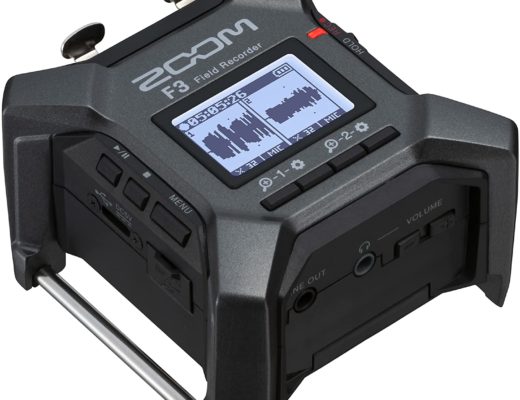
Omnidirectional dynamic microphones with balanced XLR connections remain the first choice for most ENG (electronic news gathering) organizations to connect to broadcast cameras or most professional audio recorders for informal, handheld interviews, for reasons covered in prior articles. Last year, I reviewed the RØDE Reporter against the very popular Electro-Voice RE50N/DB, and the RØDE Reporter won in sound and price according to ProVideo Coalition readers/viewers/listeners. Now I am analyzing and comparing the Senal ENG–18LR with last year’s winner, in specs, sound and price. This time the video was shot by Francisco Javier Arbolí using his Sony PXW-X70 camcorder at 1080p 50 megabits per second 4:2:2 10-bit, and I recorded the audio on my Tascam DR–10X plugin recorder at 48 kHz, the standard for audio for video. Let’s see and hear how these two microphones compare.
What is common among the two tested mics
- Both are dynamic (not condenser), so neither require phantom power.
- Both have balanced XLR analog outputs.
- Both are marketed for ENG (electronic news gathering), i.e. informal field interviews and standups.
- Both have an omnidirectional pickup pattern (not a cardioid or otherwise directional one), so both are much more forgiving when one of the two people in an interview unexpectedly interrupt one another with a single microphone passed back and forth.
- Both are black in color, and fortunately, neither is reflective on camera.
- Both are plenty long enough to accept a mic flag with no problem, even if you have larger hands.
- Both the Senal ENG–18RL and the RØDE Reporter and an impressive 10-year warranty. The Senal ENG–18RL has a palindromic street price of US$99, while the RØDE Reporter (first reviewed in 2015) has a street price of US$129 as of publication time of this article. More about the price in the conclusion section of this article.
What is different among the two tested mics
Length

At 231 mm long, the ENG–18RL is not as long as the 272.50 mm RØDE Reporter, although both mics are plenty long to use with a traditional cube or triangle mic flag.

Both could certainly be used with a branded windscreen, as I covered in my RT and DirecTV Sports go beyond conventional mic flags article from July 2014, illustrated above.
The ENG–18RL is slightly more portable, while the RØDE Reporter will give you more reach in case you ever have to interview someone much taller than you, like the Dominican singer Juan Luis Guerra (200 cm — 6’7“) or the Tanzanian basketball player Hasheem Thabeet (263 cm — 7’3”).
Published frequency response and sensitivity
The Senal ENG–18RL has a published frequency response of 50 Hz to 18 kHz, while the RØDE Reporter has a published frequency response of 70 Hz – 15 kHz. Te actual sound should really be compared by listening to the recordings ahead. The Senal ENG–18RL has noticeably “hotter” (higher) output level at –53 dB/Pa (2.2 m/V/Pa) ± 3 dB, 1Pa = 94 dB SPL, while the RØDE Reporter has –56.0dB re 1 Volt/Pascal (1.00mV @ 94 dB SPL) +/- 2 dB @ 1kHz. In my experience, both mics are well matched with the Tascam DR–10X’s mid gain position. I reviewed the Tascam DR–10X plugin recorder last year. Here’s the link to that review.
However, if you ever had to use a weaker or inferior preamp (as are common even with some broadcast cameras and portable audio recorders), the “hotter” output of the Senal ENG–18RL will be an advantage, since the preamp won’t have to work so hard, and therefore will introduce less noise then when having to boost a lower level signal.
Test recordings and how they were done
The video portions were recorded by Francisco Javier Arbolí using his Sony PXW-X70 (covered in several of my articles) at 1080/29.97p at 50 megabits per second 4:2:2 10-bit. The audio from the camera was used only for reference to sync automatically with the independently recorded audio, which I recorded at uncompressed 48 kHz sampling rate (the digital audio standard for video) at 24-bit resolution using the Tascam DR–10X plugin recorder (reviewed last year) with AGC off, medium gain, low cut on in both cases. The results you will hear were normalized, but not equalized or compressed.
Recording with the RØDE Reporter
Recording with the Senal ENG–18RL
I made the automatic audio/video synchronization, muted the camera reference audio, and inserted the lower thirds (designed by Gonzalo Mendiola of IVIUX) in a 1920×1080 at 29.97p project Final Cut Pro X and published directly from there.
What’s in the Senal brand name and the ENG-RL model number?
The ENG–18RL is interesting, as well as the Senal brand name.
If you speak Castilian (castellano), you will notice that the word Senal es very similar to the word señal in Castilian. If you translate it to English, it means “signal”.
UPDATE: The Senal public relations department just confirmed that the brand name was indeed derived from the Castilian word señal 🙂
The prefix ENG
The ENG prefix obviously refers to ENG (Electronic News Gathering).
The number 18
The number 18 doesn’t match the length of the microphone in centimeters or inches, but it is a Kabbalistic number considered to be equivalent to life and good luck do to its connection to the Hebrew word חַי.
UPDATE: The Senal public relations department just clarified that the number 18 refers to the size of the capsule, in millimeters.
The letters R and L
The final L probably refers to Long, since there is a shorter model available called ENG–18R, which I have not reviewed. I don’t know what the R means.
Conclusions
Both the US$99 Senal ENG–18RL and the US$129 RØDE Reporter feel very sturdy in the hand, and both snapped perfectly onto the Tascam DR–10XL plugin recorder. Both sounded nearly identical, but I know from experience that our ProVideo Coalition readers/viewers listeners often have very strong opinions. Feel free to comment below about the sound you hear from each of these two microphones.
For some reason, one of the very few online sources with a reasonable price seems to be B&H Photo Video. Other websites seem to be doubling the price. Also, I noticed that B&H offers a US$299 bundle of the Senal ENG–18RL together with the same Tascam DR–10X recorder I own and used for this test, 4 AAA NiMH rechargeable batteries & charger, a mic flag, an 8GB memory card and a K-Tek KR–50–70 synthetic fur windsock. That seems to be an amazing price, keeping in mind that since I originally purchased the Tascam DR–10X recorder, its street price rose from US$160 to US$180, so only adding US$180 + US$99 for the ENG–18RL comes up to US$279, without the batteries, charger, memory card, mic flag and windsock. It seems to be an excellent package price, even if you don’t use all of the items.
Related articles
Please see the recent related articles:
- The making of a cross-platform audio/video multimedia ebook
- All audio production & distribution should go 48 kHz. Learn why.
- iTunes, SSL & HTTPS for SEO, and Let’s Encrypt
- Use the under US$50 Kindle Fire as a 48 kHz audio recorder This article also explains about adding the Google Play Store, and how to make the Kindle Fire into an audio cart machine.
Upcoming articles, books, consulting, radio programs and seminars
Stand by for upcoming articles, reviews, and books. Sign up to my free mailing list by clicking here.
Si deseas suscribirte a mi lista en castellano, visita aquí. Si prefieres, puedes suscribirte a ambas listas (castellano e inglés).
Contact Allan Tépper for consulting, or find a full listing of his books, articles and upcoming seminars and webinars at AllanTepper.com. Listen to his CapicúaFM show at CapicúaFM.com in iTunes or Stitcher.
FTC disclosure
No manufacturer is specifically paying Allan Tépper or TecnoTur LLC to write this article or the mentioned books. Some of the other manufacturers listed above have contracted Tépper and/or TecnoTur LLC to carry out consulting and/or translations/localizations/transcreations. Many of the manufacturers listed above have sent Allan Tépper review units, including RØDE and Senal. So far, none of the manufacturers listed above is/are sponsors of the TecnoTur programs, although they are welcome to do so, and some are, may be (or may have been) sponsors of ProVideo Coalition magazine.
Copyright and use of this article
The articles contained in the TecnoTur channel in ProVideo Coalition magazine are copyright Allan Tépper/TecnoTur LLC, except where otherwise attributed. Unauthorized use is prohibited without prior approval, except for short quotes which link back to this page, which are encouraged!

Filmtools
Filmmakers go-to destination for pre-production, production & post production equipment!
Shop Now













